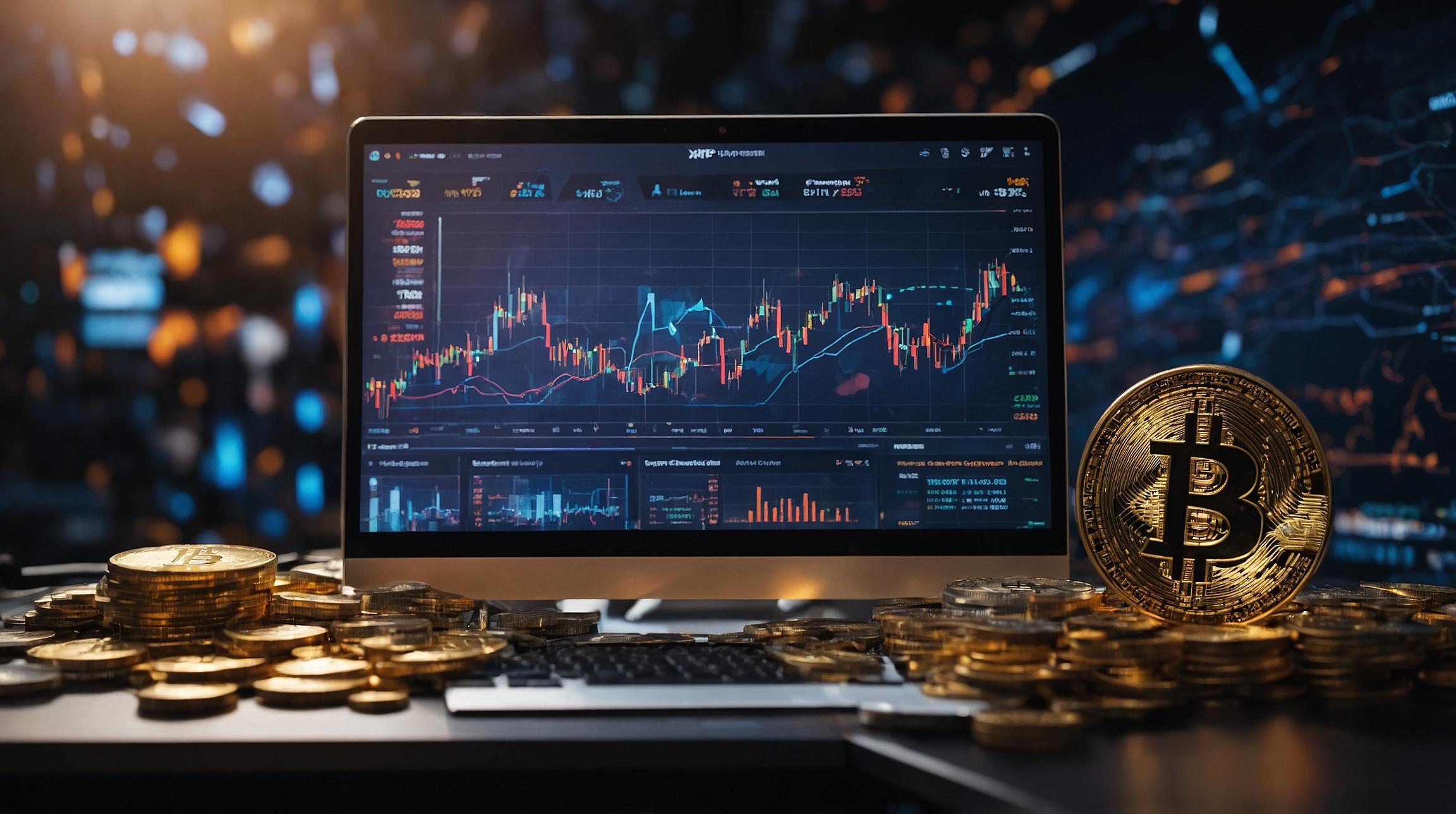Understanding Negative Funding Rates in Cryptocurrency Markets
In the world of cryptocurrencies, funding rates are a critical indicator of market sentiment. These rates reflect the cost of holding a position in a cryptocurrency futures contract. When funding rates turn negative, it implies that traders are paying to maintain their short positions, suggesting a bearish sentiment. Historically, such a scenario often precedes a market bottom, creating a potential opportunity for investors to enter the market.
Bitcoin: The Bedrock of Decentralized Transactions
Bitcoin is the first and most prominent cryptocurrency, introduced in 2009 by an anonymous entity known as Satoshi Nakamoto. It operates on a decentralized network, eliminating the need for banks or central authorities. This digital currency utilizes blockchain technology—a public ledger where each transaction is recorded. With a capped supply of 21 million coins, Bitcoin is often seen as a digital gold. The occurrence of halving events every four years, which reduce mining rewards, has historically influenced price increases as scarcity rises.
Ethereum’s Evolving Role in the Crypto Ecosystem
Ethereum is recognized for its smart contract functionality and decentralized applications (dApps). Transitioning to a Proof-of-Stake system in 2022, Ethereum has enhanced its efficiency and reduced energy consumption. This shift supports its scalability efforts, particularly with the forthcoming sharding upgrade. Ether (ETH), the network's native asset, is essential for transactions, staking rewards, and as collateral. Despite the burden of high transaction fees, Ethereum's ecosystem, enriched with Decentralized Finance (DeFi) and Layer 2 solutions like Arbitrum and Polygon, continues to attract developers and users.
Solana’s Potential in the Upcoming Altcoin Season
Solana stands out for its ability to handle scalability without the need for sharding. Its native coin, SOL, is integral to facilitating transactions and powering the network. Solana's architecture allows it to host a wide array of applications efficiently, drawing interest from developers and investors alike. As the 2024 altcoin season approaches, SOL's position in the cryptocurrency market could strengthen, making it a potential candidate for growth.
XRP’s Role in Cross-Border Transactions
XRP, operating on the XRP Ledger, is designed for fast, cost-effective, and reliable cross-border transactions. Its decentralized nature ensures security and immutability, making it a useful asset for international currency exchanges. Unlike traditional banking systems, XRP facilitates settlements without a bank account, making it accessible to a broader audience. This digital currency is positioned as a significant player in the digital transformation of financial systems.
Cardano: A Sustainable Approach to Blockchain
Cardano, featuring its native token ADA, is celebrated for its energy-efficient proof-of-stake mechanism. It's engineered for smart contracts and dApps, providing a scalable and swift transaction system through its two-layer architecture. ADA offers numerous functionalities, from value storage to staking. Cardano's focus on sustainability and adaptability positions it as an innovative blockchain solution, with potential growth opportunities on the horizon as we head into 2024.
In summary, while traditional cryptocurrencies like Bitcoin, Ethereum, Solana, and XRP are showing potential long-term growth, new players in the DeFi space like CYBRO are emerging. CYBRO, built on the Blast blockchain, promises enhanced earnings through AI-powered yield aggregation, offering lucrative staking rewards and other benefits, thus capturing the interest of savvy investors.













